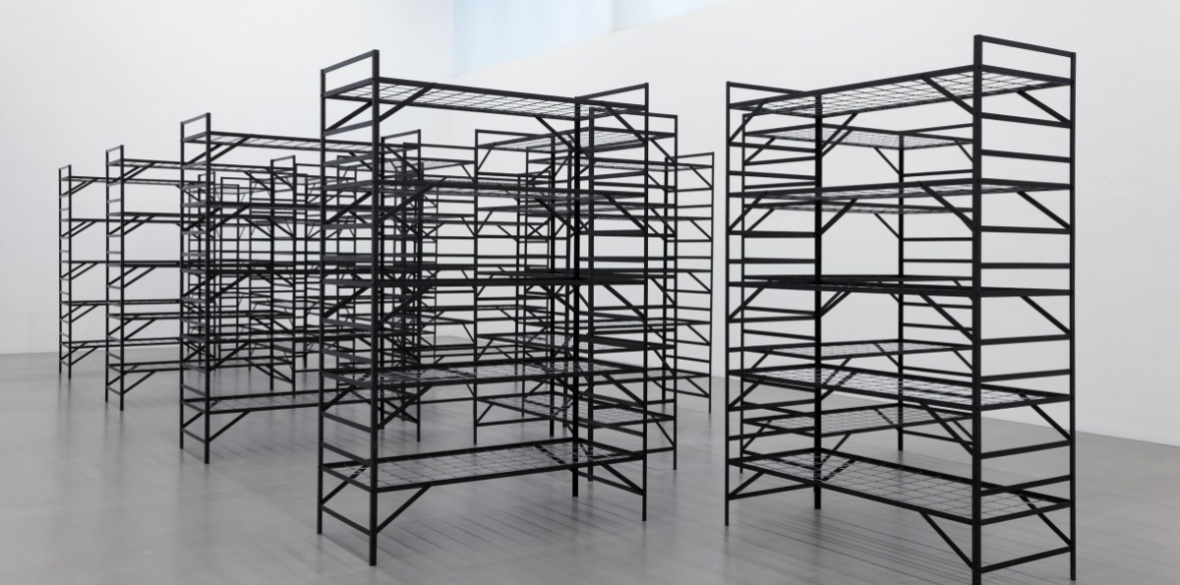Spotlight on… Camden Art Centre, an imposing yet welcoming red brick building in north-west London originally constructed as a public library. Open as an art centre for five decades, it combines the original architecture with modern spaces and a serene garden, offering the public free access to exhibitions, courses, talks and events. Although currently closed due to Covid-19, this has not halted their programme as the new exhibition ‘The Botanical Mind: Art, Mysticism and The Cosmic Tree’ has gone ahead with a online offering to accompany the physical one postponed until later in the year. It explores the relationship between plants and humans in various religions, global cultures and civilisations throughout history via drawings, watercolours, photography, film, archaeological artefacts, textiles, ceramics, isomorphology, written texts and multimedia commissions. Collectively it spans everything from moss, to potatoes, flower formation, plant organisms, indigenous groups living alongside plant-life in rainforests, astrology, mandalas, the hallucinatory and stimulant properties of plants and much more. A virtual Family Art Club was launched at the end of May which will run until early July, led by current artist in residence Renata Minoldo and tied into themes related to the exhibition, with new activities released every two weeks on Sundays online. Their Youth Collective initiative which typically offers people aged 15 to 21 a space to engage with and discuss visual arts with their peers is continuing virtually, via weekly artist-led workshops and monthly digital events, with the hope of hosting the annual Youth Collective Curates exhibition onsite later in the year. They have also partnered with Central Saint Martins giving twelve students Instagram takeovers, offering an insight into how the next generation of artists are responding to and indeed continuing their practice during the pandemic, aptly titled ‘15713’ as this number represents the accumulative miles these students are from Camden Art Centre, either working from their homes across the UK or overseas. There is also a bookshop and café on site, and their café partner – Cantine London – fed frontline workers at the Royal London Hospital in March and have launched a delivery service where the public can order and donate a meal to NHS staff. In congruity with the “botanical” theme, their digital offerings are evolving and growing with new content added each week.






